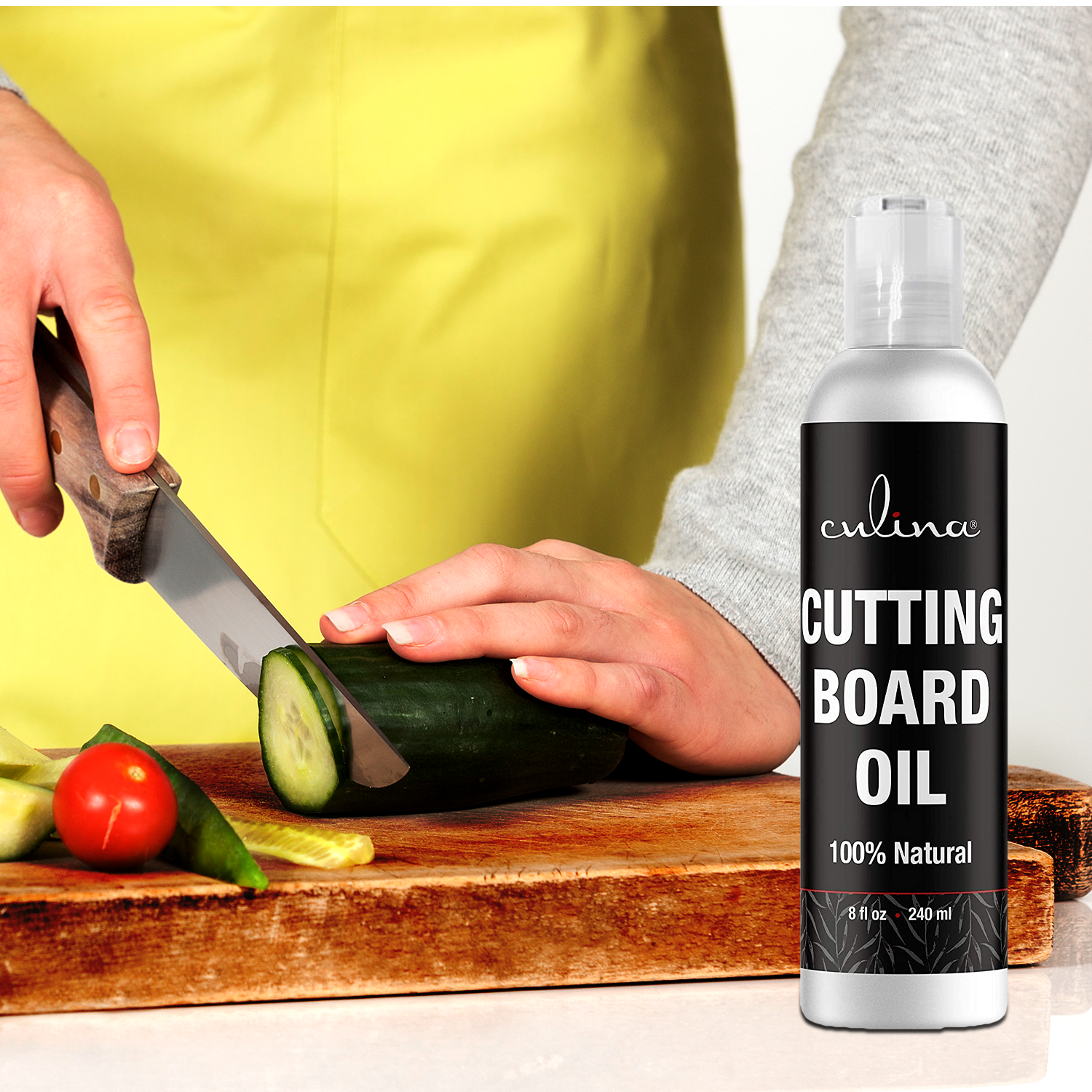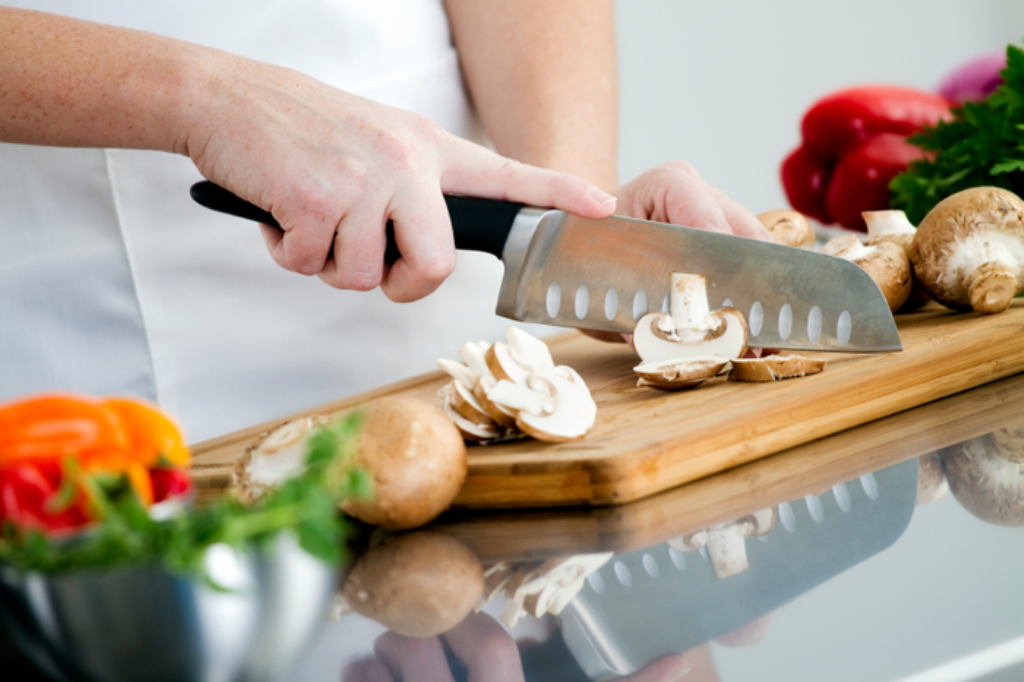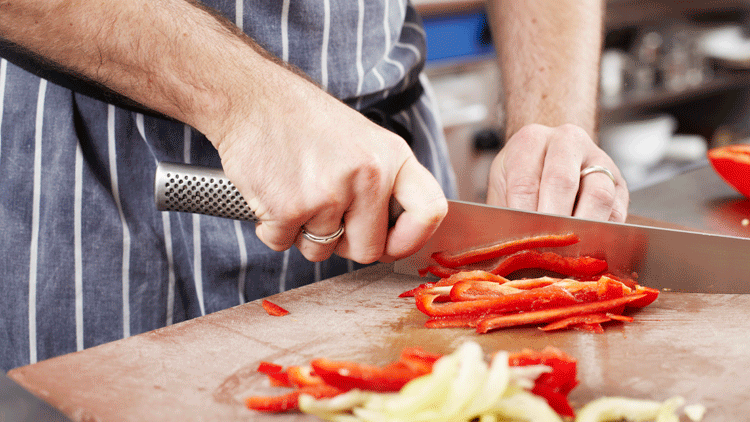When setting up a kitchen, one of the crucial tools youll need is a cutting board. Beyond its fundamental importance, choosing the right thickness of a wood cutting board involves thoughtful consideration. So, how thick should a wood cutting board be? Lets explore the intricacies involved and provide a definitive answer for you, especially if you are a kitchen professional or culinary enthusiast.

Why the Thickness Matters
Choosing the right thickness for your wood cutting board isnt just about aesthetics. Its about ensuring durability, ease of use, and maintenance. A board thats too thin may warp or crack, while one thats too thick may be cumbersome to handle.

Standard Thickness Range
Typically, the ideal thickness for a wood cutting board ranges from 1.25 inches to 2.25 inches. Thicker boards offer greater stability and durability, making them a preferred choice for professionals.
The 1.25-inch Boards
Cutting boards that are 1.25 inches thick are lighter and easier to wash. However, they are less durable and may not withstand heavy-duty use.
The 1.75-inch Boards
A middle-ground thickness, 1.75 inches, offers an excellent balance between weight and durability. These boards are sturdy enough for most kitchen tasks.
The 2.25-inch Boards
Boards that are 2.25 inches thick are the top choice for professionals due to their exceptional durability. They are heavier but provide the best stability for chopping tasks.

Types of Wood
Choosing the right wood type is also essential. Hardwoods like maple, walnut, and cherry are excellent choices. They are durable and gentle on your knives.
Maple Cutting Boards
Maple boards are durable and have a tight grain, which makes them resistant to bacteria and moisture.
Walnut Cutting Boards
Walnut boards are also durable and have a beautiful dark appearance. They are slightly softer than maple, which is easier on your knives.
Cherry Cutting Boards
Cherry boards strike a balance between maple and walnut. They offer good durability and a warm hue.
Construction
How a wood cutting board is constructed affects its thickness. End-grain boards, for example, are more durable and often thicker than edge-grain boards.
Maintenance Tips
Proper maintenance extends the life of your wood cutting board. Regular oiling, cleaning, and storage are essential.
Oiling Your Board
Use a food-safe mineral oil to maintain your board’s condition and prevent it from drying out and cracking.
Cleaning Your Board
Clean your board with hot water and mild soap after each use. Avoid soaking it in water to prevent warping.
Pros and Cons
Understanding the pros and cons of different thicknesses helps you make an informed decision.
Pros of Thicker Boards
- Increased durability
- Better stability
- Long-lasting
Cons of Thicker Boards
- Heavier to handle
- Takes up more storage space
FAQs
Q1: How do I maintain my wood cutting board?
A: Regularly oil your board and clean it with hot water and mild soap. Avoid soaking.
Q2: Can a thick board damage my knives?
A: No, the type of wood impacts knife damage more than thickness.
Q3: Whats the best wood for thickness?
A: Hardwoods like maple, walnut, and cherry are ideal for thicker boards.
For more detailed kitchen tips, check out these resources: chicken kabobs, country pork ribs and pork chop cooking.
For more on wood cutting board maintenance, visit Real Simple.
As an Amazon Associate, I earn from qualifying purchases.


